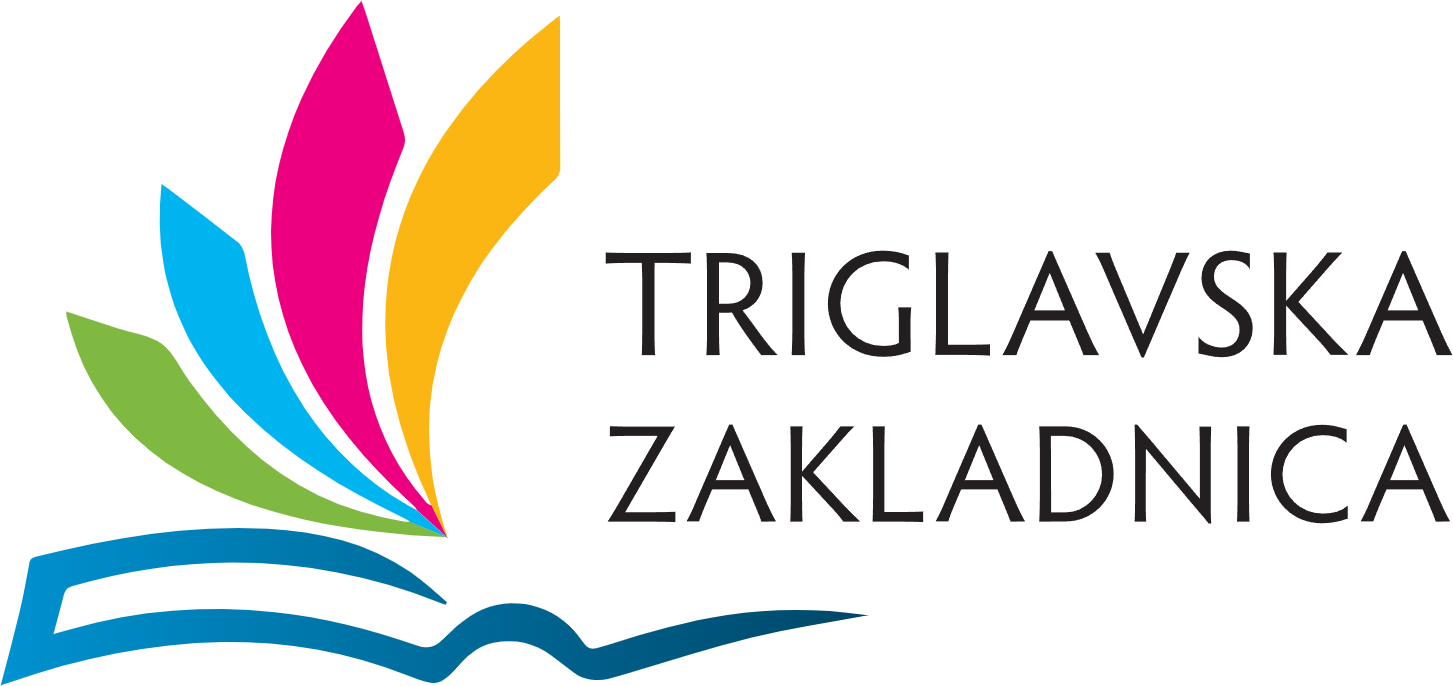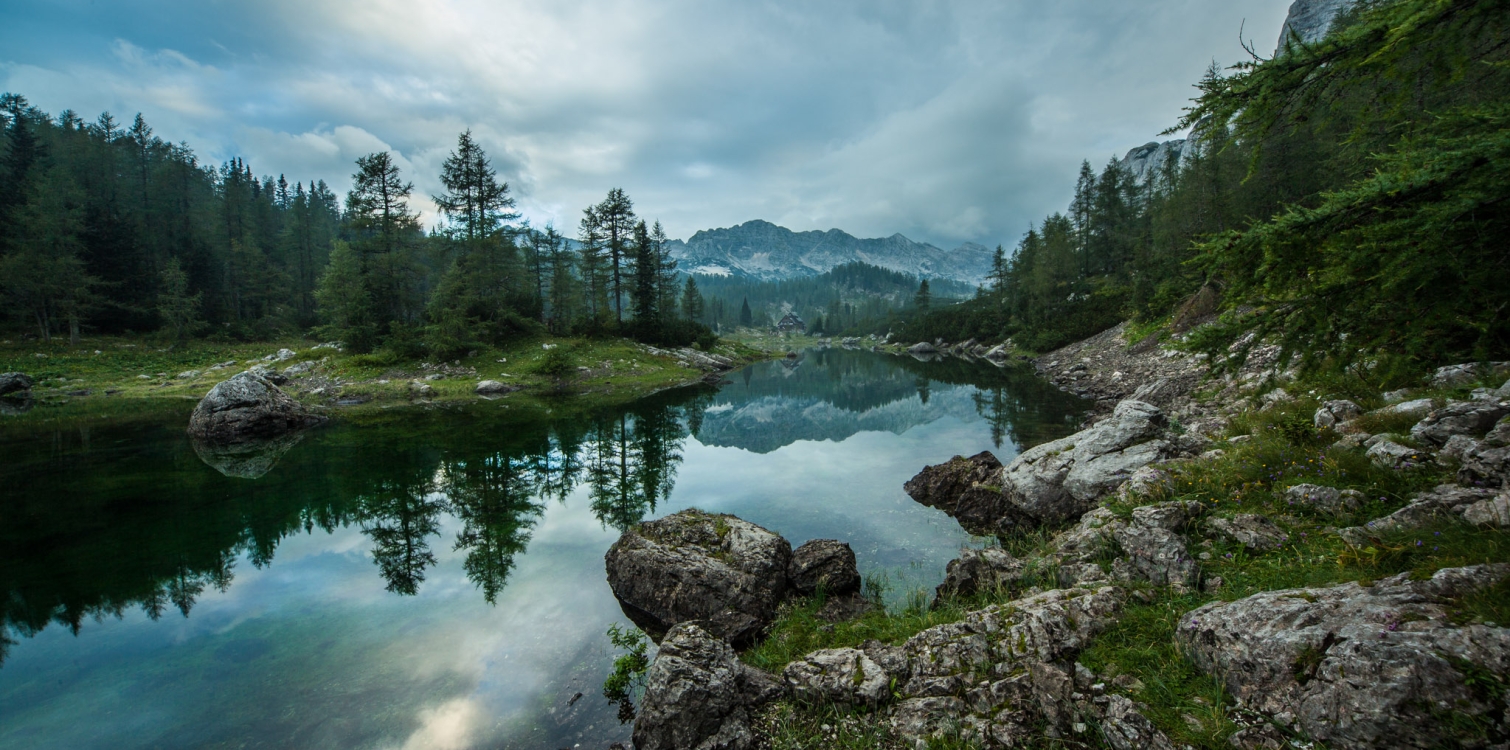In Slovenia, natural and cultural heritage have been treated separately by experts only in the last 20 years. For a long time, both were considered together - as a common treasure of all Slovenians. But they have realised that natural heritage needs to be protected differently from cultural heritage.
What is the difference between the two? Natural heritage is rare, precious or famous natural phenomena and components: waterfalls, trees, islands, mountains, caves... Cultural heritage is the preservation of folk traditions, customs and customs that are passed on to younger generations.


If you look at the two photos above, the first one shows the Triglav Lakes, the second one shows Pocar's homestead in Zgornja Radovna. In the case of natural heritage, we protect the extraordinary creations of nature; in the case of cultural heritage, we protect the precious creations of human hands - which can sometimes be knowledge itself.
Apparently, Gogal's linden tree in Zgornja Radovna is a creation of nature, not man. But this mighty tree does not stand in the forest, but next to the farmhouse Pri Gogalu and bears its name! It has been with the Gogal family and all the inhabitants of Zgornja Radovna for more than 500 years - and we are all proud of the tree. This linden tree is not only a natural but also a cultural heritage.
It cannot be said that natural heritage is of greater value or importance than cultural heritage, or vice versa. Both are unique treasures of the Slovenian nation. We, the people living under Triglav, are extremely rich, with a wealth of both natural and cultural treasures.
Bled Island is also a combination of natural and cultural heritage. What would the island be without a church? Would the churches be as interesting if they stood somewhere else? It is only the interplay of nature and culture, of the island and the church, that conjures up this world landmark. Can you imagine a modern skyscraper standing on the island of Bled instead of a church?

